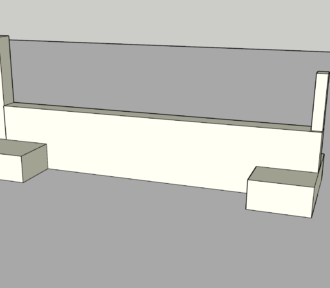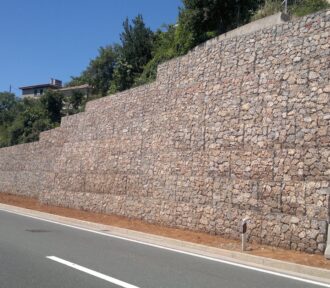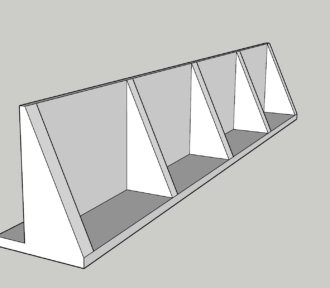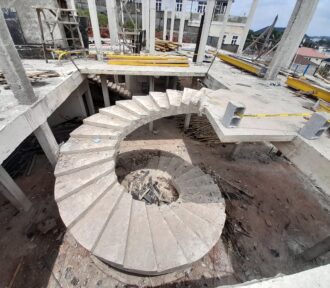When assessing the safety of an existing building, a significantly different approach is required compared to when planning a new structure. This article explores how…
Author: Omotoriogun Victor
Retaining walls with respect to their form and construction method can be grouped into three categories vis a vis: gravity, embedded and hybrid. This is discussed in this article.
This article is a comprehensive guide on how to write a site investigation report. It concerns the factors that may affect the quality of the report; how to present the results of the site investigations; and what the report should contain.
In any tall building, the lateral forces is unarguably the most critical factor. Hence, fundamental to the design of any tall building is the lateral stability system.
This article is a discussion on the phenomenon of vortex shedding in tall buildings. It discusses the causes, effects, and explores the innovative solutions that…
There is no consensus on a universal definition for tall buildings, even in design and practice, the definition of what should be classified as high-rise, medium and low-rise is ambiguous….
This article highlights the design of strap foundations: a very viable solution where the position of column with respect to its foundation must be eccentric as a result of site constraints.
In scenarios where traditional concrete or masonry retaining walls might be unsuitable due to ground movement or drainage considerations, gabion walls offer a viable alternative. This article offers insights into how to design gabion walls
The primary function of every retaining wall is to resist the lateral forces from earth without any stability problems. The taller the retaining wall, the more likely that counterforts will become necessary to achieve stability. This article explains how to design a counterfort retaining wall.
This article discusses the design intricacies of helical staircases. It offers an overview of the various methods of analyzing helical staircases and presents a method that can be used for preliminary analysis and design.
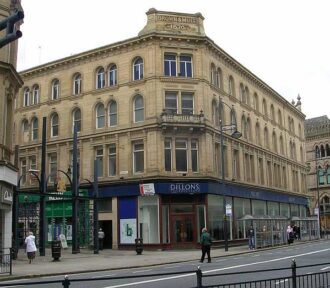
![[Update] Retaining Wall Construction Methods](https://structurescentre.com/wp-content/uploads/2023/10/retaining-wa-const-330x288.jpeg)
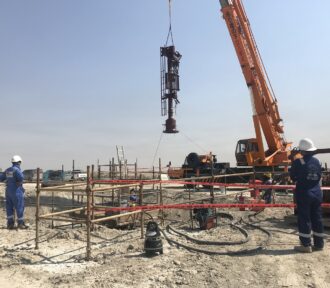
![[Update] Lateral Stability Systems of Tall Buildings](https://structurescentre.com/wp-content/uploads/2022/01/images-2-29-330x288.jpeg)

![[Update] Fundamentals of Tall Building Design](https://structurescentre.com/wp-content/uploads/2021/11/3-330x288.jpg)
